Our brief introduction to dinosaurs reveals a key feature that gave them an advantage over other prehistoric reptiles.
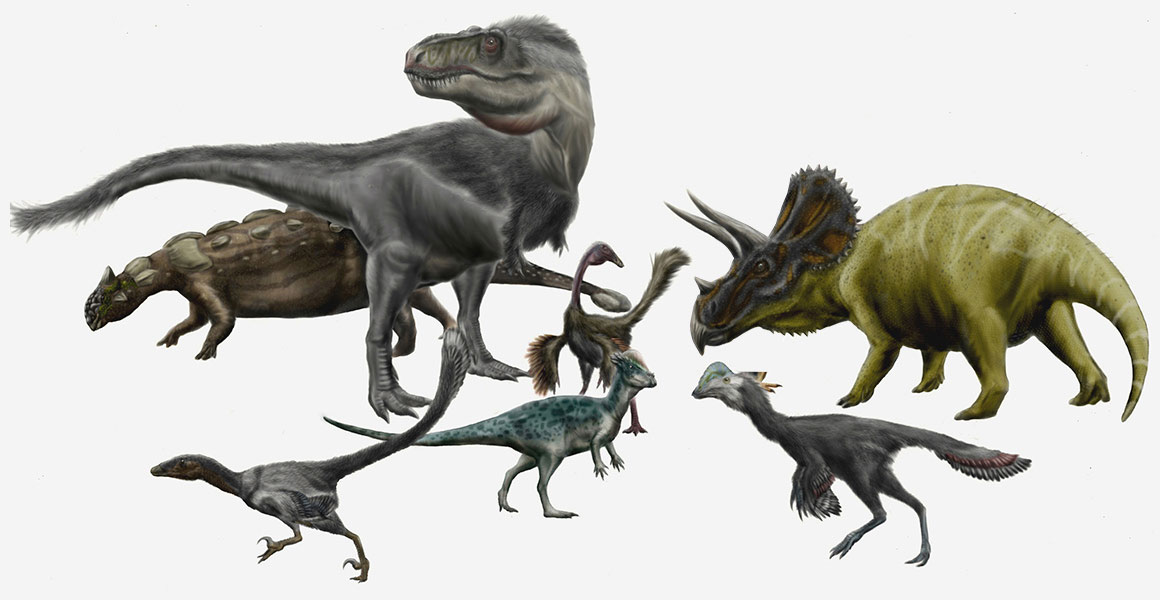
Dinosaurs took on a huge variety of shapes and sizes. Some walked on four legs and some on two. Here are a selection of Late Cretaceous dinosaurs from what is now the USA. From back to front: Ankylosaurus, Tyrannosaurus, Triceratops, Struthiomimus, Pachycephalosaurus, and the more recently named Acheroraptor and Anzu. Adapted from an image by Durbed, via Wikimedia Commons, licensed under CC BY-SA 3.0.
Dinosaurs are a group of reptiles that dominated the land for over 140 million years (more than 160 million years in some parts of the world). They evolved diverse shapes and sizes, from the fearsome giant Spinosaurus to the chicken-sized Microraptor, and were able to survive in a variety of ecosystems.
One of the reasons for dinosaurs' success is that they had straight back legs, perpendicular to their bodies. This allowed them to use less energy to move than other reptiles that had a sprawling stance like today's lizards and crocodiles.
With their legs positioned under their bodies rather than sticking out to the side, dinosaurs' weight was also better supported.
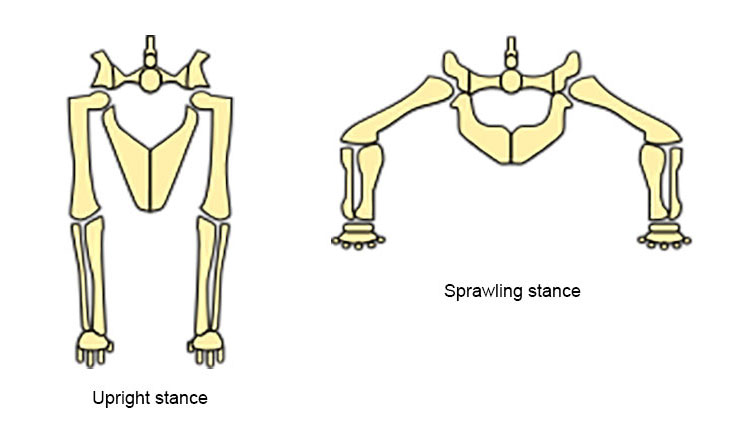
Dinosaurs had an upright stance (shown on the left), while lizards and crocodiles have a sprawling stance (shown on the right). Adapted from an image by Fred the Oyster, via Wikimedia Commons, licensed under CC BY-SA 4.0.
Many dinosaur species became extinct around 66 million years ago, but a group of living dinosaurs are still with us today: birds.
Other prehistoric reptiles
Dinosaurs are archosaurs, a larger group of reptiles that first appeared about 251 million years ago, near the start of the Triassic Period.
Some other non-dinosaur reptiles are also archosaurs, including pterosaurs (the now-extinct flying reptiles) and modern crocodiles and their ancestors.
These and many other types of ancient reptiles are often wrongly called dinosaurs.
Marine reptiles, such as ichthyosaurs, plesiosaurs and mosasaurs are not dinosaurs. Nor is Dimetrodon or other reptiles in the same group (previously called 'mammal-like reptiles' and now called synapsids).
None of these other extinct groups shared the characteristic upright stance of dinosaurs.
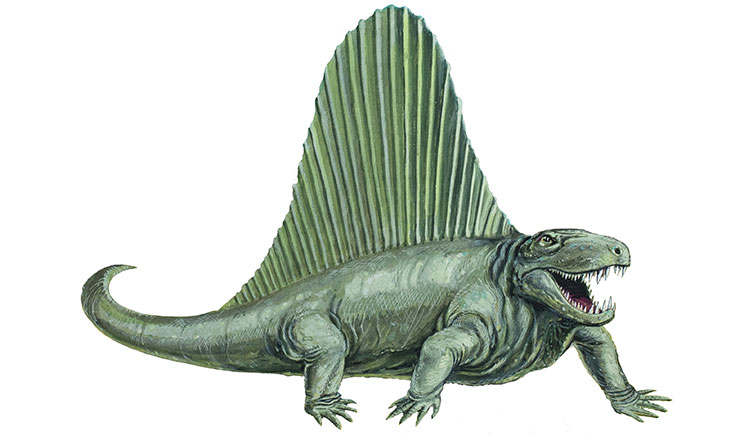
Despite its prehistoric appearance, Dimetrodon was not a dinosaur. It was a different kind of extinct reptile and lived even longer ago than dinosaurs.
Main characteristics dinosaurs share:
- They had an upright stance, with legs perpendicular to their body. This is the main feature that sets dinosaurs apart from other reptiles.
- Like other reptiles, they laid eggs.
- With the exception of some birds, for example penguins, dinosaurs lived on land, not in the sea.
- Their skull had a hole between the eye socket and nostril. This feature is shared by all archosaurs.
- Dinosaurs also had two holes behind the eye socket. Large, strong jaw muscles went through the holes to attach directly to the top of the skull. As a result, the jaws were able to open wide and clamp down with more force.
Ask our scientists
Do you have a burning question about science or nature you want answered? Fill out the form below and we'll work with our scientists to answer some of them in our online magazine Discover or on our YouTube channel.
This new feature is in beta. Find out more.
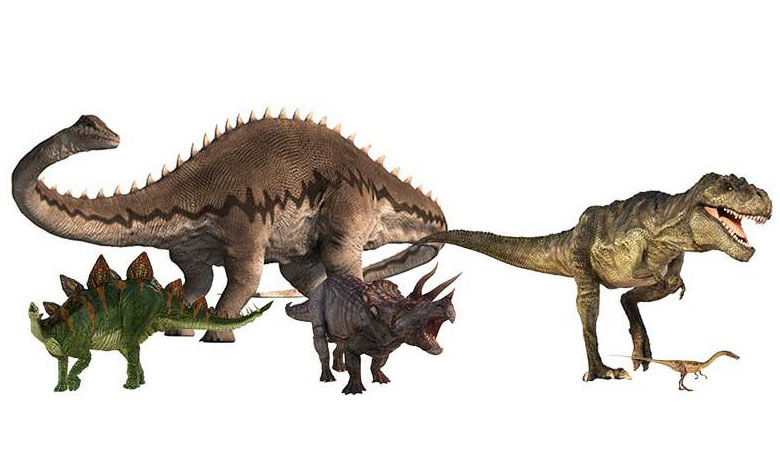
Dino Directory
Explore more than 300 dinosaurs by name, shape or when and where they lived.
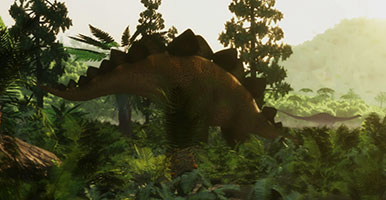
Discover dinosaurs
Find out what Museum scientists are revealing about how dinosaurs looked, lived and behaved.
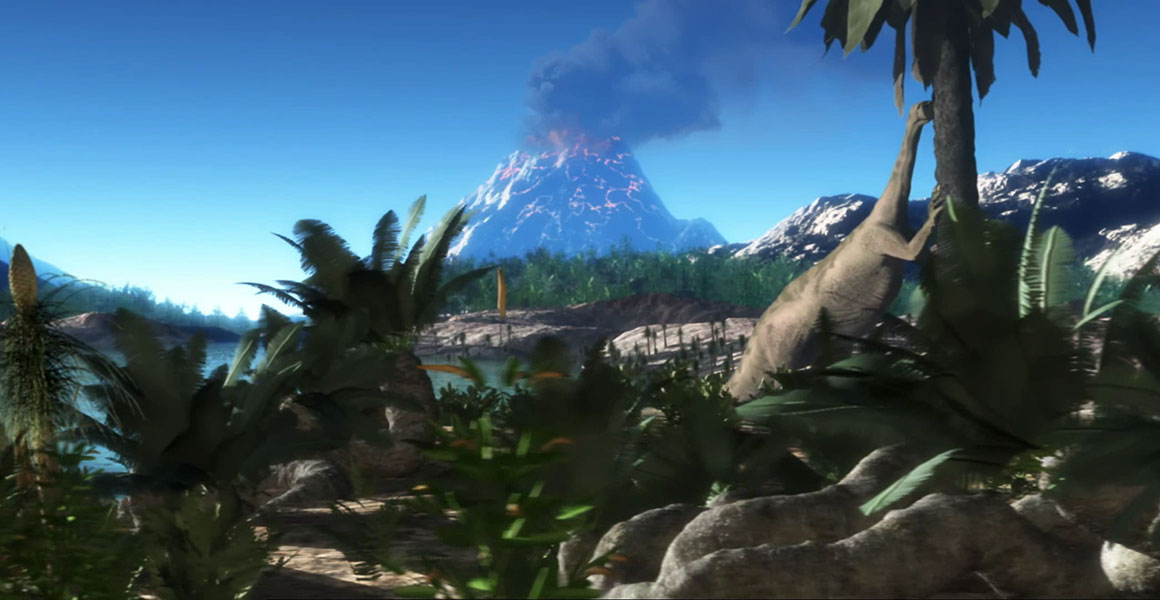



Don't miss a thing
Receive email updates about our news, science, exhibitions, events, products, services and fundraising activities. We may occasionally include third-party content from our corporate partners and other museums. We will not share your personal details with these third parties. You must be over the age of 13. Privacy notice.
Follow us on social media